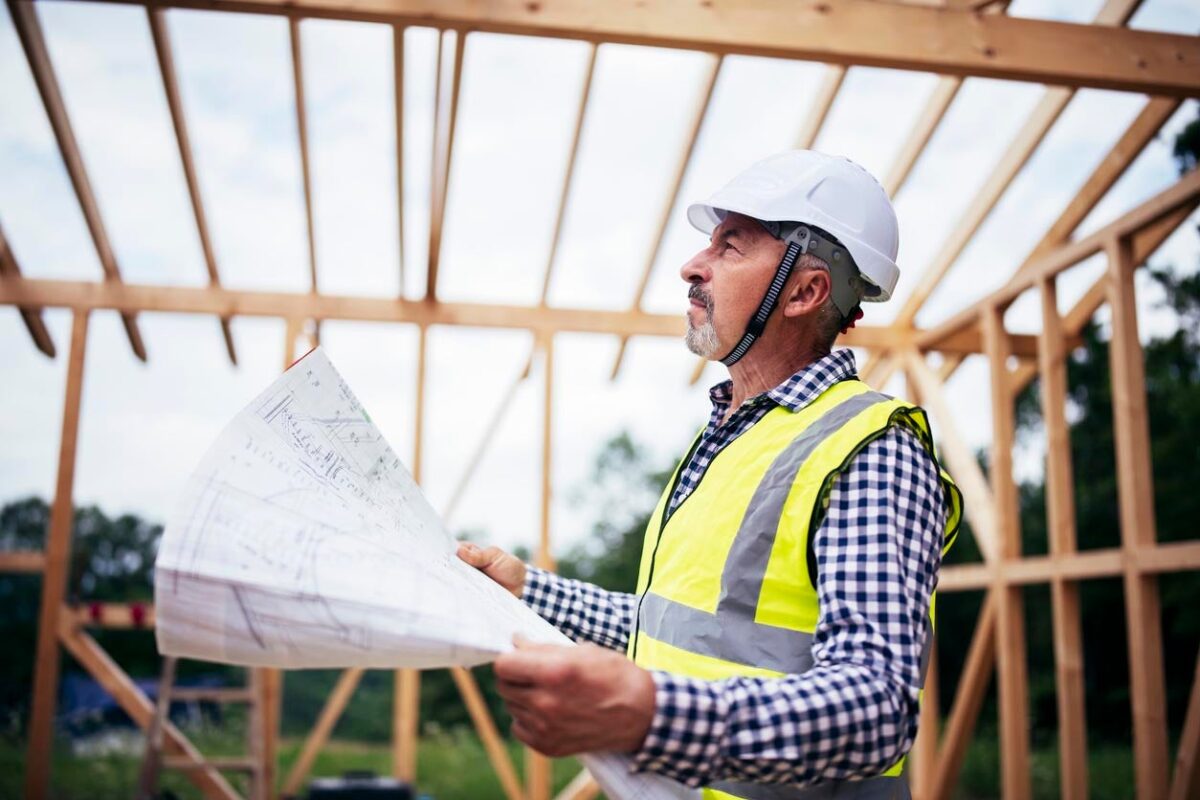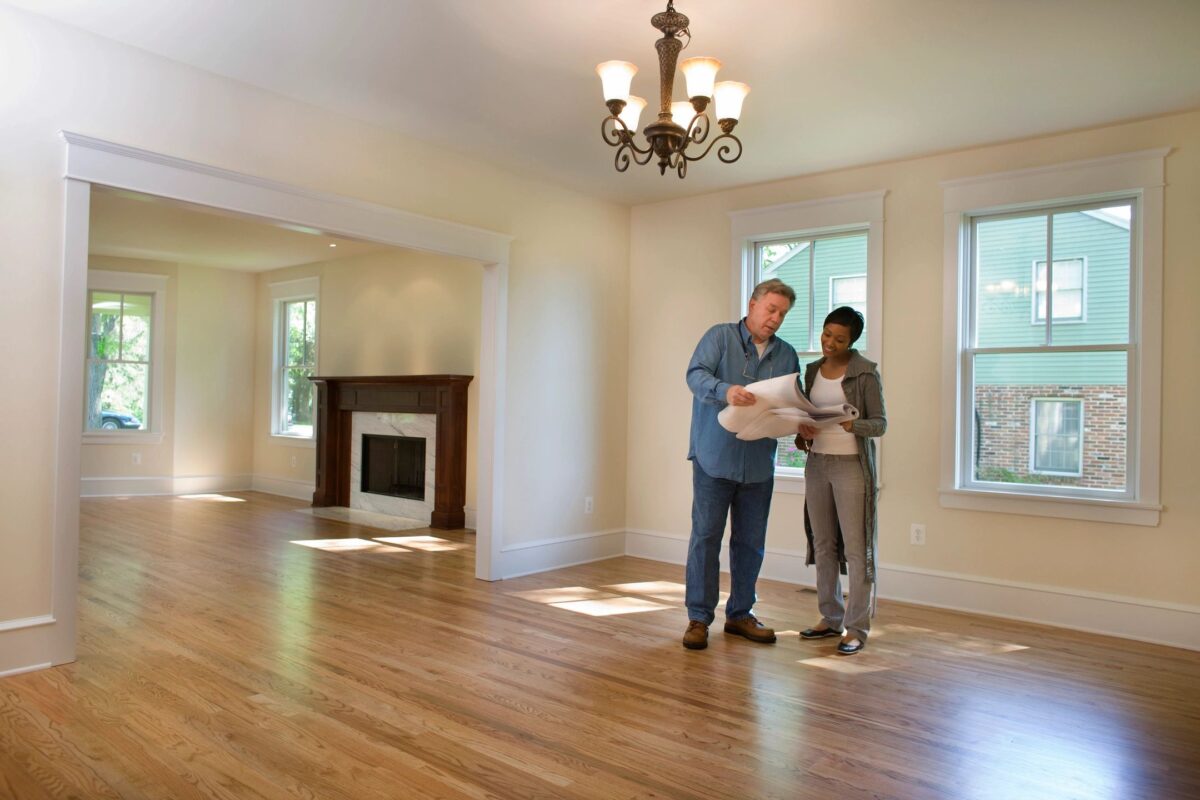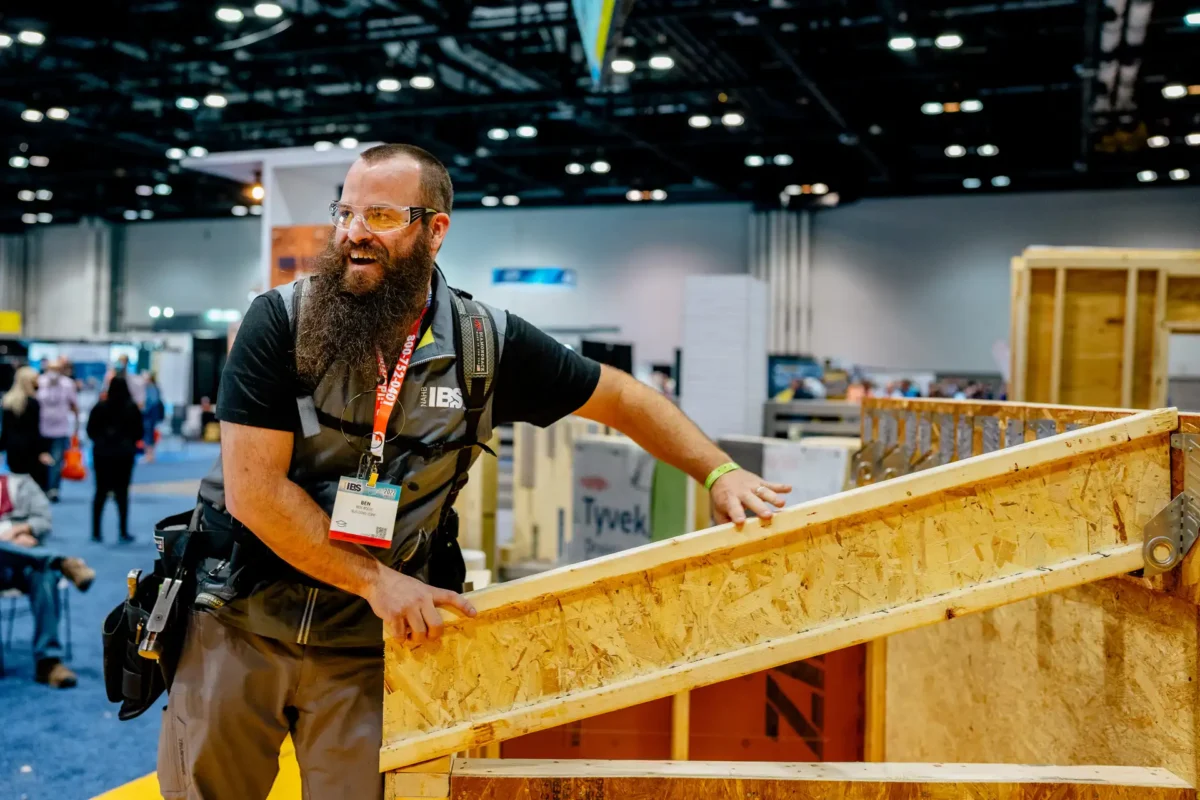By Dennis Sweeney,
Executive Vice President HBA of Rockford
1. Check out a contractor’s work and their references.
Talk to people who own homes built or remodeled by the builder. Word of mouth is also important. Talk to people in your church, service clubs, etc. ask if they have had a similar project completed to their satisfaction and who they hired. Remember there is a difference between knowing someone who does work, and, having that work satisfactorily done.
2. Check insurance and license information.
Ask the builder what kind of insurance they carry, including liability and workers’ compensation, ask for their certificate of insurance and verify with the insurance company that the policy is still in effect. This is important if you already own the property being built on or being remodeled. Building contractors are not licensed in Illinois; electrical contractors are licensed in Rockford; plumbers and roofers are licensed by the State of Illinois.
3. Know who will be working on your house.
Find out who will be in charge on the job site and meet with them before the job starts. Find out which subcontractors will be on the job. Ask how long they have worked with the builder.
4. Establish good communication
The builder should be available to answer questions before, during, and after construction. Ask the builder how you get in touch with them day or night and the best time to contact.
5. Demand thorough written bids and contracts.
Each bid should specify the materials involved, and, the cost to complete major phases of the project corresponding to project payouts. Compare the bids based on what each offers in terms of material quality – not just the price. A builder should be able to explain to you why a bid is higher or lower than another. Make sure you understand the contract; pay a lawyer to review it if you have reservations. Any changes to the contract should be in writing, dated and initialed, by you and the contractor.
6. Set up a schedule of payments based on stages of completion.
This should be part of the contract. If you have a mortgage, then the title company or mortgage company can make these payments for you and verify that the work has been completed. If it is a remodeling project that you are paying for withhold final payment until after the final building inspections are completed and the terms of the contract have been fulfilled.
7. Make sure all permits are obtained and a building inspector approves the final project.
The contract should specify that the contractor is responsible for obtaining all necessary building permits. Building inspectors work for the property owners and with the builders to protect the health, safety, and welfare of the home owner and the community. Building permits and inspections are your insurance policy that the project is built to the standard established in the building code.
8. Find out what service the builder provides after construction ends.
Read the contract warranty language. Ask the builder how you properly document warranty service requests to the company, and, the policy for responding to your request. Find out who will do the warranty repairs. In the real world, things will happen that need to be fixed. It’s how and when they are fixed that is important.











